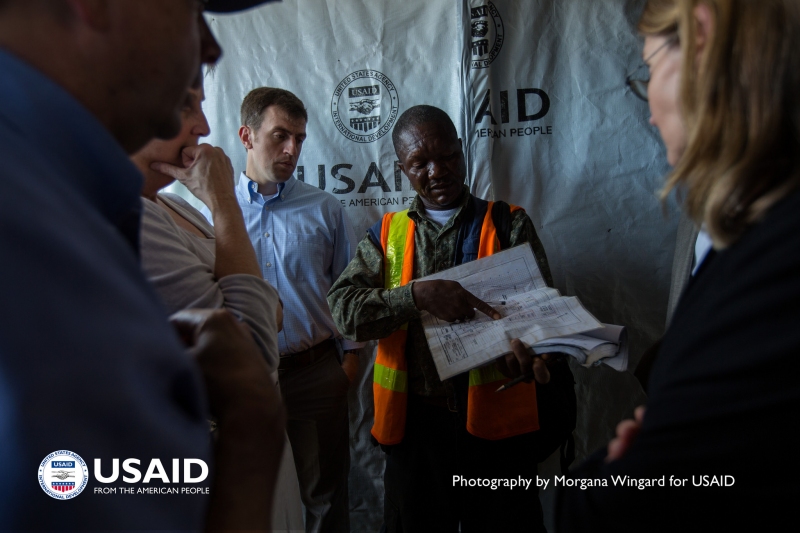Collaborating, Learning, and Adapting is Strongly Related to Staff Empowerment, Engagement, and Satisfaction

Ilana Shapiro, PhD, is a New Approaches Advisor and Monalisa Salib is an Organizational Learning and Research Manager on the USAID LEARN contract.
One of our key hypotheses for why collaborating, learning, and adapting (CLA) matters is that it bolsters employee engagement. The theory is that when we collaborate with colleagues and learn new things that improve how we design and implement programs, we feel more invigorated and generally happier at work. But is this really the case?
Our recent analysis demonstrates that for employees at USAID missions, CLA is strongly, positively, and significantly related to employee engagement, empowerment, satisfaction, and (as icing on the cake) perceived organizational effectiveness. You’re probably wondering - how did we figure this out?
We looked at 2016 data from the Federal Employee Viewpoint Survey (FEVS) for 62 USAID missions. For those unfamiliar with the FEVS, it is an annual survey of federal agencies that measures employee perceptions of whether, and to what extent, conditions characterizing successful organizations are present within their agencies (Office of Personnel Management (OPM), 2016). Employees respond to prompts indicating the extent to which they agree with statements, such as:
- Managers support collaboration across work units to accomplish work objectives.
- Employees in my work unit share job knowledge with each other.
- I feel encouraged to come up with new and better ways of doing things.
We realized that these questions in particular, but others as well, included in the FEVS mapped to our collaborating, learning, and adapting (CLA) framework. The mapping is by no means perfect but did allow for the creation of a CLA composite measure that included relevant FEVS questions (see the figure below for how these questions map to the CLA framework).
Figure 1: Questions from the FEVS mapped to the CLA framework

In addition, the FEVS survey organizes these and other questions into indices that measure organizational effectiveness, including employee empowerment, engagement, and satisfaction. With this data, we wondered if collaborating, learning, and adapting (as a holistic construct) had any relationship to these indicators.
We found that the relationships between CLA and employee empowerment, engagement, satisfaction, and perceived organizational effectiveness proved to be strong, positive, and significant. Missions where employees reported high levels of CLA also reported high levels of these indicators.
So why does this matter?
A growing body of evidence from both quantitative and qualitative studies recognizes engagement, empowerment, and satisfaction as critical to successful organizational performance. Engaged employees take pride in their work, are passionate about and energized by what they do, are committed to the organization, the mission, and their job, and are more likely to put forth extra effort to get the job done (Government Accountability Office (GAO), 2015). A growing body of research on both private- and public-sector organizations has found that increased levels of engagement can lead to better organizational performance including increased productivity and innovation, customer satisfaction, organizational growth, and higher profit margins (GAO, 2015; OPM, 2014).
In USAID terms, better organizational performance would mean the achievement of more effective and sustainable development programming.
And isn’t that why we’re all here?
The implications of this are potentially far-reaching. In addition to missions using CLA approaches to improve strategy, project, and activity design and implementation, CLA can also be seen as a leadership tool for creating more effective organizations where employees are more satisfied, engaged, and empowered. We are already seeing CLA being used to improve staff engagement in USAID missions, including Uganda and Senegal as well as in the Office of Afghanistan and Pakistan Affairs.
For those interested in learning more about our methodology and additional findings, please see this brief and full report.



